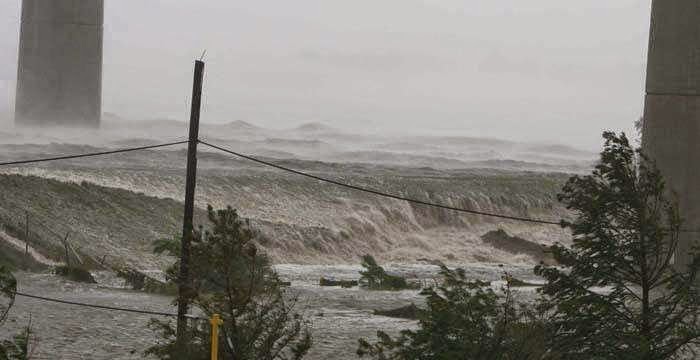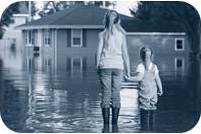Home Insurance Exclusions:
It’s important for every homeowner to know the ins and outs
of his or her home insurance policy, but sometimes knowing what isn’t covered
can be just as important as knowing what is.
1. Mold Damage
Most home insurance companies exclude mold damage from their
policies. Unlike a fire or tornado, insurers see mold damage as a problem that
grows over time, and homeowners are expected to take preventive measures to
prevent mold spores from spreading throughout the home. If left unchecked, mold
can cause structural damage to the home as well as serious health issues for
residents.
2. Floods, Earthquakes, Landslides
As many homeowners found out in the aftermath of Hurricane
Katrina, flood insurance is not covered under a standard home insurance policy.
For protection against flood damage, you’ll need to purchase a separate flood
insurance policy.
Earthquake and landslide damage are also notable home
insurance exclusions. You will need separate coverage for damage caused by
these perils.

3. Aggressive Dog Breeds
If your pet is a poodle or a Chihuahua, your home insurance
company probably won’t bat an eye. Owning a pit bull, Rottweiler or other
dangerous breed, however, may make it difficult—in some cases, impossible—to
find home insurance coverage. Depending on your location, insurer and other
factors, home insurance exlusions may apply to the following dog breeds:
•Pit bulls
•Staffordshire Terriers
•Doberman Pinschers
•Rottweilers
•Chows
•Akitas
•Presa Canarios
•Wolf-hybrids
If you own a "blacklisted" breed, you may be
charged more for coverage or denied a policy altogether; you can ask your
insurer to exclude your dog, in which case you’ll be financially responsible
for any damage it causes.
Insurers expect homeowners to care for their homes and
repair minor problems. This includes sealing cracks, minimizing water damage,
fixing damaged pipes, scheduling regular inspections and more.
For example, if a storm causes your tree to fall onto your
home, you’re probably covered. However, if your tree collapses onto your home
because of a termite infection that went unchecked, you may be responsible for
the resulting damage.
5. Sewage Backup
Infamous home insurance exclusions include sewer damage. For
instance, if a toilet overflows and you have to hire a professional crew to mop
up the mess, you’ll probably be left footing the bill. Sewage backup usually
isn’t covered by home insurance unless you’ve purchased a separate rider.
6. Luxury Items
If you keep especially valuable items in your home, you
probably need to purchase additional theft liability coverage. According to the
Insurance Information Institute, most standard home insurance policies only
cover up to $1,500 for damage or theft. Items that may require additional
coverage include:
•Jewelry
•Antiques
•High-end electronics
•Collectibles
Contact your home insurance agent if you have items that
requires additional coverage.
7. Power Outages
The most common and expensive damage occurs when power is
restored and a surge of electricity floods the home’s circuits. These blasts of
electricity can cause computers to lose information, electronic devices to
overheat and large appliances to malfunction. In addition to making use of
surge protectors, home insurance companies expect homeowners to unplug all
sensitive electronic appliances and leave them unplugged until power is
restored.
8. Intentional Damage by a Resident
Intentional damage caused by a resident of the home is not
covered by home insurance. For instance, if your teenage daughter purposely
sets fire to your home after a heated argument, you’re on your own to cover the
losses.
9. War, Terrorism, Nuclear Attacks
If your home is destroyed in a riot, you’re probably covered
for the damages. But if a foreign army, terrorist attack or nuclear meltdown
damages or destroys your home, your home insurance policy won’t cover you.
10. Trampolines
Insurance companies consider trampolines to be an extreme
risk to personal safety—and a lawsuit waiting to happen if a neighbor is
injured while jumping on your trampoline. That’s why many home insurance
companies refuse to extend coverage to trampolines, and your current insurer
may threaten to cancel your policy if you purchase one.
11. Maintenance and Inherent Vice Exclusions
Termite or rodent damage, rust and rot, mold, general wear
and tear and other property damage caused by neglect or improper maintenance is
not covered under your standard homeowners policy. Damage from power outages,
such as spoiled food, is also excluded. Poorly made or defective products are
not covered, based on the inherent vice exclusion, which means external factors
did not cause the loss.





